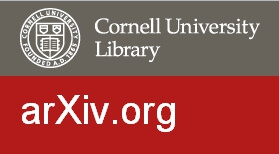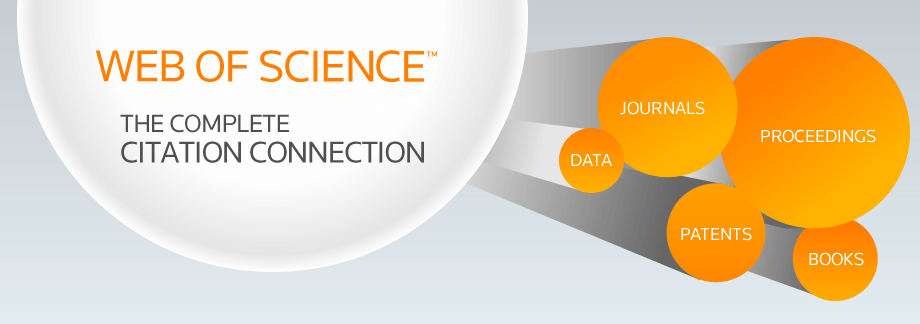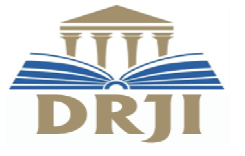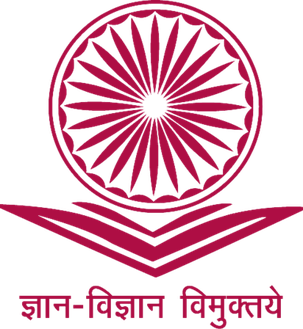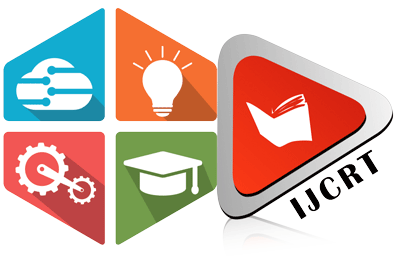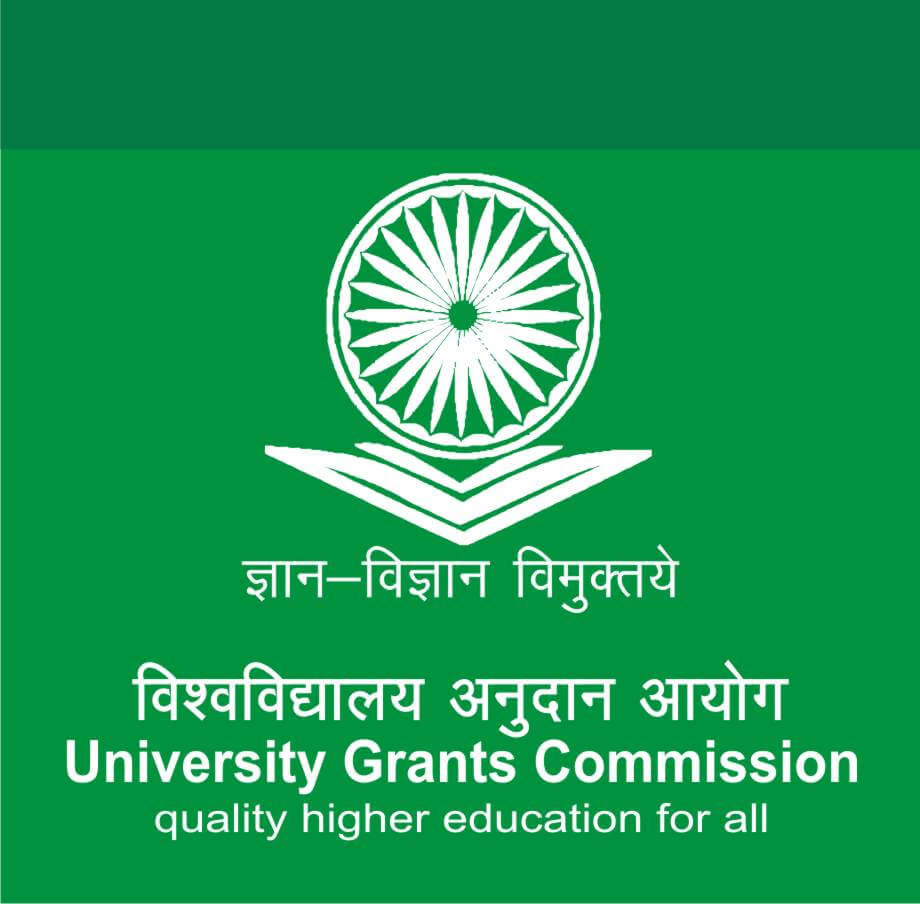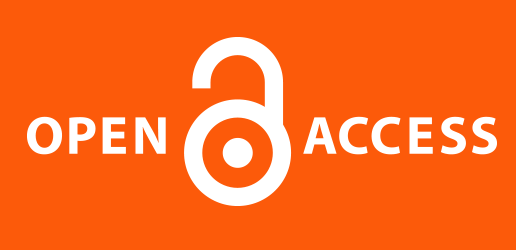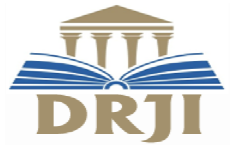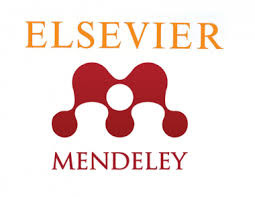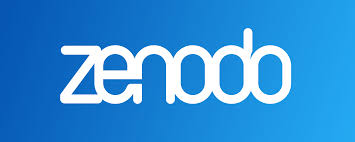INTERNATIONAL JOURNAL OF CREATIVE RESEARCH THOUGHTS - IJCRT (IJCRT.ORG)
International Peer Reviewed & Refereed Journals, Open Access Journal
IJCRT Peer-Reviewed (Refereed) Journal as Per New UGC Rules.
ISSN Approved Journal No: 2320-2882 | Impact factor: 7.97 | ESTD Year: 2013
Call For Paper - Volume 13 | Issue 12 | Month- December 2025
Scholarly open access journals, Peer-reviewed, and Refereed Journals, Impact factor 7.97 (Calculate by google scholar and Semantic Scholar | AI-Powered Research Tool) , Multidisciplinary, Monthly, Indexing in all major database & Metadata, Citation Generator, Digital Object Identifier(CrossRef DOI)
Contact Us Click Here
WhatsApp Contact Click Here
A Transparent Peer Review Process ensures openness in scholarly publishing by making the peer review process accessible to authors, reviewers, and readers. This approach enhances trust, credibility, and accountability in journal publications.
Key Aspects of a Transparent Peer Review Process:
- Open Reviewer Reports – Review comments and editorial decisions are published alongside the article. Click Here For Sample Report
- Reviewer Identity Disclosure (Optional) – Reviewers may choose to reveal their identities to promote accountability.
- Public Peer Review History – Submission history, review reports, author responses, and editorial decisions may be made available.
- Collaborative Reviews – Authors, reviewers, and editors can engage in discussions to improve research quality.
- Post-Publication Comments – The research remains open for further scholarly discussion after publication.
Benefits of Transparent Peer Review:
- For Authors: Greater trust, constructive feedback, and recognition of review efforts.
- For Reviewers: Acknowledgment for their work and a chance to contribute openly.
- For Journals: Increased credibility, reduced bias, and enhanced research integrity.
What is a Transparent Peer Review Certificate?
A Transparent Peer Review Certificate is an official recognition that a research journal follows an open, ethical, and accountable peer-review process. This certificate signifies that the journal upholds the highest standards of transparency by making aspects of the review process publicly accessible, ensuring fairness, credibility, and trust in research publication.
By adopting a transparent peer-review system, reviewers and editorial teams play a crucial role in enhancing research integrity, promoting ethical evaluation, and strengthening the quality of scholarly publications.
Sample Certificate
Sample Appreciation Letter
Why is Transparent Peer Review Important for Reviewers & Editorial Team?
Transparent peer review benefits not only the journal but also authors, reviewers, and the editorial team by ensuring accountability, increasing trust, and promoting ethical publishing. It helps in minimizing biases and conflicts of interest while improving the overall quality of published research papers.
Key Benefits for Reviewers & Editorial Team
Benefits for Reviewers:
Recognition & Career Growth
- Reviewers' contributions are formally acknowledged, enhancing their academic profile.
- Certified journals may publicly recognize reviewers' efforts, improving their professional reputation.
Encourages Fair & Unbiased Evaluations
- Transparency minimizes bias and ensures a fair and ethical assessment of research papers.
- Reviewers are motivated to provide high-quality, well-structured feedback.
Builds Credibility in the Research Community
- Transparent review systems promote trust in the reviewer’s expertise and decision-making.
- Reviewers gain visibility, increasing opportunities for collaborations and future invitations.
Access to Better Manuscripts
- Transparent peer-reviewed journals attract high-quality submissions, ensuring that reviewers work on significant and impactful research
Reduces Reviewer Workload
- A structured, transparent review process ensures that reviews are efficient, reducing unnecessary revisions and re-evaluations.
Benefits for Editorial Team:
Enhances Journal Reputation & Credibility
- A Transparent Peer Review Certificate strengthens a journal’s standing in the academic and research community.
- Journals with certified transparent reviews attract high-impact submissions and ethical researchers.
Improves Editorial Decision-Making
- Transparent peer review ensures that editorial decisions are well-documented, reducing bias and disputes.
- Editors can justify decisions based on publicly available review reports.
Increases Indexing & Recognition
- Many indexing bodies (Scopus, Web of Science, etc.) prefer journals with transparent review systems, increasing indexing chances.
- Open and ethical peer review practices enhance impact factor and research citations.
Minimizes Author Complaints & Disputes
- Authors receive clear, well-documented reviewer feedback, reducing conflicts over rejections and revisions.
- Editorial teams can provide transparent explanations for decisions, improving author satisfaction.
Attracts High-Quality Reviewers & Editors
- Ethical and open review systems encourage experienced reviewers and editors to participate.
- Transparent review processes prevent unethical practices, strengthening the editorial board.
Improves Long-Term Journal Sustainability
- Certified journals gain recognition for trustworthy peer-review practices, ensuring long-term success.
- Journals with transparent peer review maintain strong relationships with universities, funding agencies, and research institutions.
By implementing Transparent Peer Review, reviewers and editorial teams contribute to ethical research evaluation, higher academic trust, and a better publishing experience for all stakeholders.
Interested in implementing Transparent Peer Review? Contact us at editor@ijcrt.org
Benefits of a Transparent Peer Review Certificate:
For the Journal (IJCRT Transparent Peer Review Certificate)
- Enhanced Credibility - The journal gains a stronger reputation for ethical publishing.
- Higher Author Trust - Researchers prefer submitting their work to journals with a clear and fair review process.
- Increased Indexing Chances - Transparent peer review increases the likelihood of journal indexing in reputed databases (Scopus, Web of Science, etc.).
- Greater Academic Impact - Research papers from transparently reviewed journals receive higher citations and visibility.
For Reviewers
- Recognition of Efforts - Transparent peer review acknowledges the reviewer’s contributions, helping them build their academic portfolio.
- Encourages Fair Reviews - Since the process is open, reviewers are motivated to provide thorough and unbiased evaluations.
- Builds Professional Credibility - Publicly visible, well-structured reviews strengthen the reviewer’s academic reputation.
For the Editorial Team
- Efficient Decision-Making - Transparent peer review ensures clear documentation of the editorial decision-making process.
- Improved Journal Management - A structured and open review system reduces disputes and enhances workflow efficiency.
- Attracts Quality Submissions - Authors prefer journals that follow ethical and transparent review processes.
Transparent Peer Review Process
Step 1: Submission of Research Paper
- The author submits a manuscript to the journal through the online submission system.
- The manuscript undergoes an initial check for plagiarism, formatting, and scope.
Step 2: Peer Review Assignment through Scholar9 Portal
- The editorial team assigns the paper to expert reviewers in the relevant field.
- Reviewers are selected based on their expertise, past reviews, and availability.
Step 3: Open & Transparent Review Process
The review process follows one of the three transparent peer-review models:
- Open Reports: Reviewer comments are published alongside the paper. Click Here For Sample Report
- Open Identities: Reviewers’ names are disclosed (with consent).
- Open Participation: Authors, reviewers, and editors discuss revisions openly.
Step 4: Editorial Decision & Author Revisions
Based on the reviews, the editorial team makes a decision:
- Accept without revisions
- Accept with minor/major revisions
- Reject - Authors revise the manuscript according to feedback and resubmit.
Step 5: Post-Publication Transparency
- Upon publication, selected review reports, reviewer identities (if applicable), and editorial decisions are made publicly available.
- The journal issues a Transparent Peer Review Certificate confirming its adherence to ethical and open peer-review practices.
Get Your Transparent Peer Review Certificate Today!
A Transparent Peer Review Certificate is essential for ensuring credibility, trust, and ethical publishing in research journals. By adopting a transparent review process, your journal can attract top-quality research papers, gain international recognition, and improve its indexing opportunities
Contact us at editor@ijcrt.org to apply for a Transparent Peer Review Certificate for your journal!
Peer-Reviewed Journal Certificate
December 2025
Volume 13 | Issue 12
Last Date :
31-Dec-2025
Submit Manuscript Online Impact Factor: 7.97 Review Results : Within 02-03 Days Paper Publication : Within 02-03 Days

ISSN: 2320-2882 Impact Factor: 7.97 and ISSN APPROVED Journal Starting Year (ESTD) : 2013

ISSN: 2320-2882 Impact Factor: 7.97 and ISSN APPROVED Journal Starting Year (ESTD) : 2013
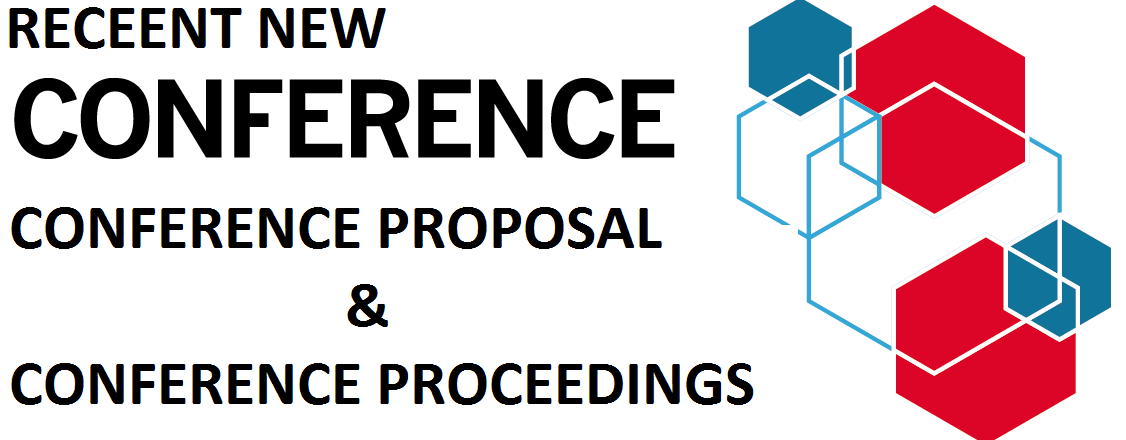
CONFERENCE PROPOSAL CONFERENCE PROCEEDINGS




